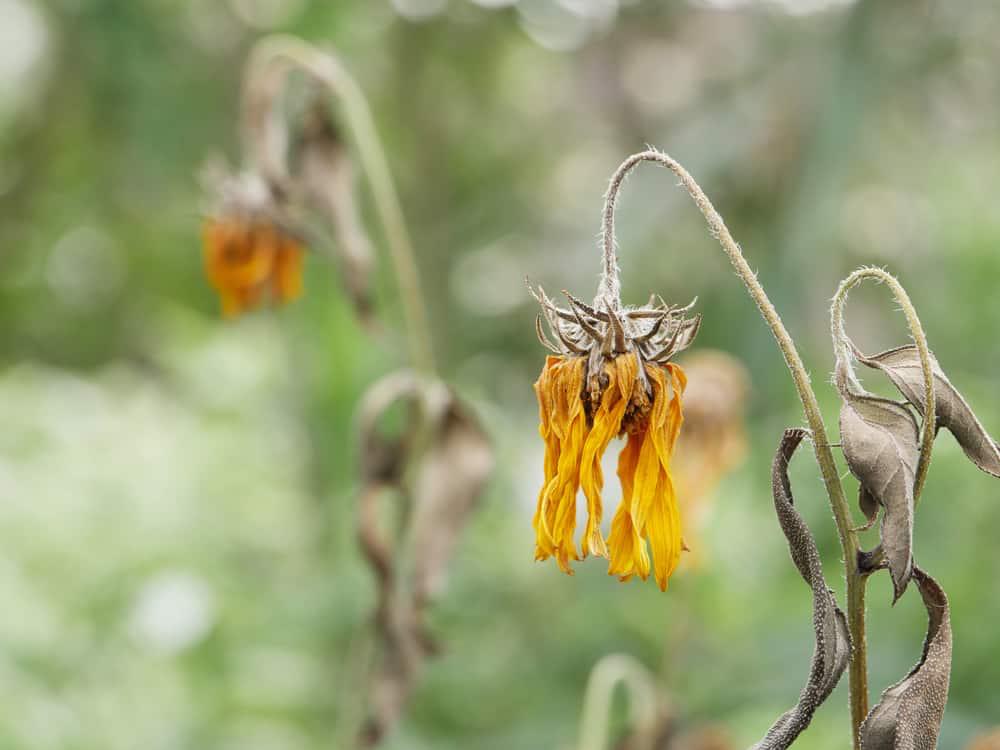Extreme heat, especially during a heatwave, can be tough on plants, and they may arrive looking more wilted or stressed than usual. This is a temporary reaction to heat and dehydration, and most plants will recover quickly with the right care.
How to tell if your plant is heat-stressed
• Leaves are limp, soft, or drooping.
• Leaves feel dry, brittle, or scorched at the edges.
• Soil may have dried out completely and pulled away from the sides of the pot.
• Flowers (if present) may look faded or shrivelled, this is normal and not permanent damage.

How to revive a heat-stressed plant
- Rehydrate the soil properly
If the soil is dry and hard, soak the pot gently in a bowl of cool (not cold) water for 15–30 minutes, then let it drain. This allows water to reach the roots more effectively than surface watering.
- Trim if necessary
If any leaves are badly scorched or fully dead, you can trim them away to help the plant conserve energy for recovery.
- Give it a cool, shaded spot
Even sun-loving plants benefit from a day or two in dappled shade while they recover. Once perky again, you can gradually return them to their usual light level.
- Be patient
Plants often look worse before they look better, it can take 2–3 days for leaves to rehydrate and regain strength. Avoid fertilising until it’s visibly recovered.
Preventing heat stress in future
Where possible, planting your new plants directly into the soil will give them the best chance to thrive. Plants established in the ground are generally healthier, with stronger roots and better resilience to heat and dry spells.
If planting in the ground isn’t an option, and you’re keeping your plants in pots, take extra care during hot weather. Water in the cool of the morning or evening, and check soil moisture daily, as pots dry out much faster than garden beds. You can also group pots together to create a cooler microclimate, and place a shallow tray of water nearby to raise the local humidity and reduce leaf scorch.

